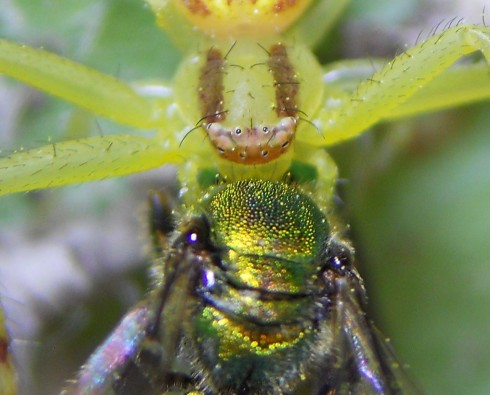My students (almost) created an unmanned robotic drone for delivering messages to the main office.

The robotics students have put together their first robots and are trying out the software for making them move. Lego has a new app that allows you to use your iPhone or iPad as a remote control, and my kids love it. They’ve got a robot fighting competition going on using them as remotes. I, however, wanting to push them into actually programming the robots for autonomous motion, told them I wanted them to get the robot to deliver a message to the front office without them following it through the building.
Well, this was their solution:
They attached an iPhone to one of their robot with the camera facing out. They then connected made a video call to that phone using another phone and the FaceTime app. Since the two phones were busy communicating with each other, the robot was operated using the wireless, Bluetooth connection via someone else’s iPad.
It worked. More or less. The robot lost the Bluetooth connection at the end of the hall, so the robot could not make it all the way to the office.
So now they’re actually trying to write a program. Although I finally got them to do what I wanted, I have to say I was impressed with their innovative use of technology.





